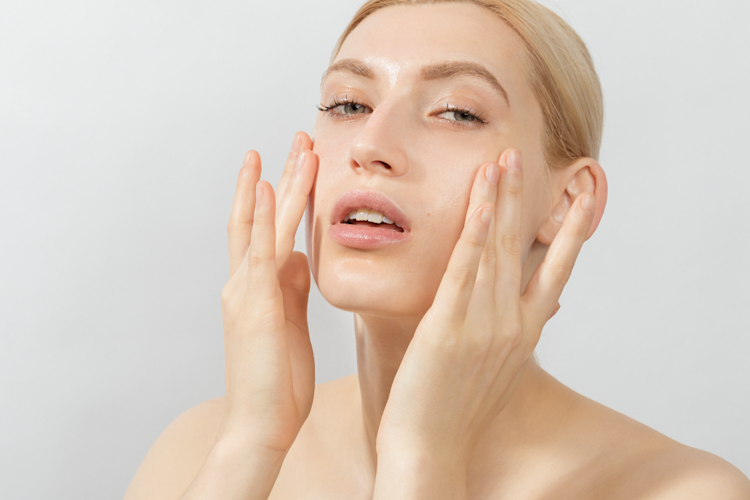The anti-aging skincare category is bursting with a host of solutions. Anti-aging products promise to protect, rewind, work with your DNA, erase wrinkles, fade age spots, and protect your collagen. Navigating your choices and deciding what to use (and how) can be overwhelming.
Serums are used after cleansing and exfoliating to deliver high concentrations of active ingredients to the skin.
There are many types of serums to specifically target different actions, such as anti-aging, reducing acne, or hydrating. Serums are clear, and they’re normally applied before moisturisers to help lock moisture in the skin.

How to use a combination of serums
Everyone's skin is unique, but you should give a new serum about seven weeks to see how your skin responds. Depending on the product and external factors, you might even see initial results, like more luminous skin, within a week. To see the most benefits, you should use one serum in the morning and another at night. That’s because different formulations deliver different benefits.
How to use morning and night serums
Think of your a.m. serum like your skin’s morning coffee: it’s a pick-me-up that gives you a
naturally radiant glow. Look for Hyaluronic Acid, Antioxidants, Vitamin C, and Vitamin E. These ingredients nourish but also protect your skin from environmental pollutants.
Overnight, your skin regenerates while you sleep. Therefore, choosing a potent night serum is essential. Look for powerhouse ingredients such as
Vitamin A, or Retinol, and utilise acids for chemical exfoliation.
It’s worth noting that doubling up on one type of ingredient (e.g., Retinol) won’t help the skin change faster. In such a case, you're better off switching to a stronger product instead.
How to use alternating p.m. serums
Are you keen to see results fast? Using actives that offer different benefits can create positive changes in your complexion. This is the same as the concept of eating a varied and nutritious diet: your body responds best to well-rounded sustenance.
Using two different night serums on alternating nights can speed up the outcome you’re after. Remember to avoid doubling up on ingredients (e.g. Retinol). Instead, switch between two products that target different areas, like one for
anti-aging and one for
reducing redness with acne.
To make things easier, here are our suggestions for the best serum combinations based on your skin type.

How to use the best serum combinations for aging
For the mature crowd, an anti-aging serum that uses high concentrations of active ingredients is one of the most effective ways to reverse the signs of aging skin.
How to use the best serum combinations for wrinkles
Retinols are Vitamin A derivatives that help fight aging by increasing cell turnover and stimulating collagen production. Consistent use of products containing Retinol can decrease the visibility of fine lines and wrinkles.

How to use the best serum combinations for acne
Take control of your breakouts with a serum designed to fight acne. Powerful ingredients like Niacinamide and Retinol can make redness and blemishes things of the past.
How to use the best serum combinations for pigmentation
Pigmentation is normally a reaction to UV exposure, although it can also occur naturally. Choose products specifically designed to minimise the appearance of pigmentation, and you’ll have an even skin tone in no time.

How to use the best serum combinations for dry skin
When looking for a serum for dry skin, choose ingredients like Hyaluronic Acid, Argan Oil, and Vitamin B (Niacinamide), which nourish and hydrate the skin.
How to use the best serum combinations for oily skin
Water-based serums, especially those that incorporate Vitamin B3 (Niacinamide) and Vitamin C, are recommended for oily skin.

How to use the best serum combinations for sensitivity
Sensitive skin can manifest in different ways. It’s important to choose products that keep harsh ingredients or irritants to a minimum.
If you're not seeing a difference after 3 months of using a serum, it's time to switch to a different product. Try a serum with the same active ingredient to determine whether the active doesn't work for you or the first formula wasn't compatible with your complexion.
If you’re looking for age-specific guides, find them below:
How To Layer The Ordinary Skincare Products Based On Your Skin Type








